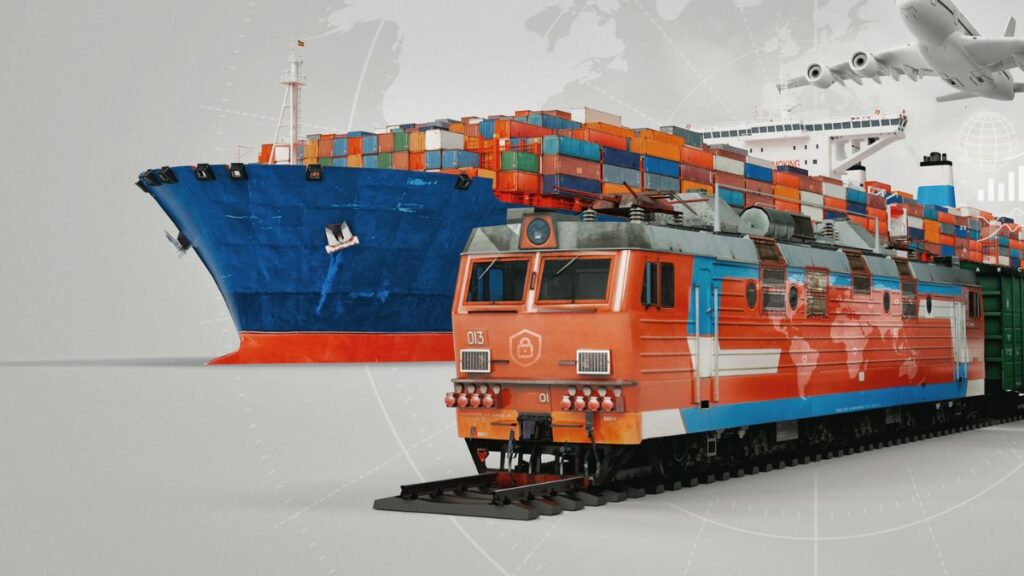- By TOP CHINA FREIGHT
- September 12, 2025
- Uncategorized
Table of Contents
How much does it cost to bring a 20 foot container from China? Bringing a 20 foot container from China is a crucial decision for businesses importing goods in bulk. Shipping costs depend on freight mode, cargo type, origin and destination, customs fees, and seasonal fluctuations. Understanding these variables allows importers to plan budgets accurately, avoid hidden costs, and streamline the supply chain.

What factors influence the cost of a 20 foot container from China?
The total cost of importing a 20ft container depends on multiple factors:
- Freight mode: Sea, air, or rail each has different pricing structures.
- Cargo weight and volume: Heavier or bulkier shipments increase charges.
- Port charges and destination fees: Handling, storage, and delivery fees apply.
- Customs duties and taxes: Vary by product type and destination country.
- Insurance and special handling: Fragile, hazardous, or temperature-sensitive cargo requires additional coverage.
- Seasonal fluctuations: Peak shipping periods like Chinese New Year often increase rates.
How much does a 20 foot container cost on average?

| Shipping Method | Estimated Cost (USD) | Transit Time | Pros | Cons |
|---|---|---|---|---|
| Sea Freight FCL | $1,500–$3,000 | 18–30 days | Cost-effective for bulk cargo | Slower delivery, port delays |
| Air Freight | $5,000–$9,000 | 5–10 days | Fast, secure, suitable for high-value goods | Expensive, weight limits |
| Rail Freight | $2,000–$4,000 | 15–25 days | Eco-friendly, moderate speed | Limited routes and schedules |
Note:
Costs vary depending on origin port in China, destination port, cargo type, and seasonal demand.
What additional costs should be considered?
Charges for unloading and loading containers at ports.
Bills of lading, certificates, and customs forms.
Fluctuating oil prices impact shipping rates.
Import duties, VAT, and other fees.
Trucking or rail transport from port to warehouse.
How do customs regulations affect shipping costs?

Proper customs compliance is essential for smooth delivery.
Required documents include:
| Document | Purpose |
|---|---|
| Commercial Invoice | Declares shipment value |
| Packing List | Details cargo content |
| Bill of Lading | Confirms shipment receipt |
| Certificate of Origin | Proves manufacturing country |
| Import License | Required for regulated items |
| Customs Declaration | Determines duties and taxes |
Failing to provide accurate documentation may result in delays, fines, or additional storage fees.
Pros and cons of different shipping methods

| Method | Pros | Cons |
|---|---|---|
| Sea Freight | Economical for bulk shipments, flexible | Slower, potential port congestion |
| Air Freight | Fast, secure, suitable for urgent or high-value goods | High cost, weight restrictions |
| Rail Freight | Moderate cost, environmentally friendly | Limited destinations, strict schedules |
Choosing the appropriate method balances cost, delivery speed, and cargo requirements.
How to optimize costs for a 20 foot container
Practical strategies to reduce shipping expenses include:
- Consolidate shipments: Combine smaller shipments into a single container.
- Book early: Avoid peak-season surcharges.
- Negotiate with freight forwarders: Comparing quotes ensures competitive rates.
- Flexible transit modes: Use sea for bulk items, air for urgent goods.
- Efficient packaging: Reduce volume to lower freight costs.
These strategies help businesses maximize cost-efficiency while maintaining reliable delivery schedules.
How technology improves shipping efficiency
GPS and IoT devices allow continuous cargo monitoring.
Digital invoices, packing lists, and customs forms reduce errors.
Compare rates for air, sea, and rail instantly.
Forecast transit times and potential delays using historical data.
Connect suppliers, forwarders, and customs brokers for smooth coordination.
Seasonal and market fluctuations
Shipping costs are influenced by demand and market conditions:
- Peak periods such as Chinese New Year, Golden Week, and international holidays may raise rates.
- Fuel price volatility affects surcharges.
- Port congestion during high-volume months can delay shipments.
Planning shipments off-season or booking in advance helps reduce costs and maintain reliability.
Case Study: Electronics Importer

A European electronics company imported components from Shanghai. Initially relying on air freight, their cost per kg was $8. By switching non-urgent shipments to sea freight, they cut annual shipping expenses by 50% while maintaining timely delivery for urgent orders via air. The company also negotiated multi-port pickup options, further reducing inland transport costs.
Lesson:
Strategic planning, freight consolidation, and forwarder negotiation yield significant cost savings.
Should I consider insurance for container shipping?
Insurance is essential for protecting goods against:
- Loss or theft during transit
- Damage due to rough handling or accidents
- Perishable or fragile items needing temperature control
Standard coverage protects the shipment value, but high-value or sensitive cargo may require additional policies.
Conclusion
How much does it cost to bring a 20 foot container from China?Shipping a 20 foot container from China involves multiple cost factors: freight mode, cargo type, customs, additional fees, and seasonal fluctuations. Businesses can optimize expenses through careful planning, consolidation, technology use, and experienced freight forwarders. By analyzing all components, importers maintain supply chain efficiency and achieve reliable delivery at the best possible price.
Need a Shipping Quote?
If you want expert guidance and peace of mind, our team is ready to assist.
TJ China Freight offers tailored solutions to help businesses of all sizes ship more reliably from China.

FAQ
Q1:Can I reduce shipping costs?
Yes, consolidate shipments, book early, choose cost-effective modes, and negotiate with multiple freight forwarders to get competitive rates.
Q2:What customs documents are required?
Commercial invoice, packing list, bill of lading, certificate of origin, import license, and customs declaration are necessary for smooth clearance.
Q3:Is insurance necessary for container shipping?
Insurance protects against loss, damage, or theft. High-value, fragile, or temperature-sensitive items benefit from additional coverage.
Q4:What hidden costs should I anticipate?
Port handling, fuel surcharges, inland transport, documentation fees, and import duties may significantly increase total shipping cost.
Q5:How do seasonal fluctuations impact costs?
Peak seasons like Chinese New Year increase rates, while off-season shipments reduce costs and minimize delays.
